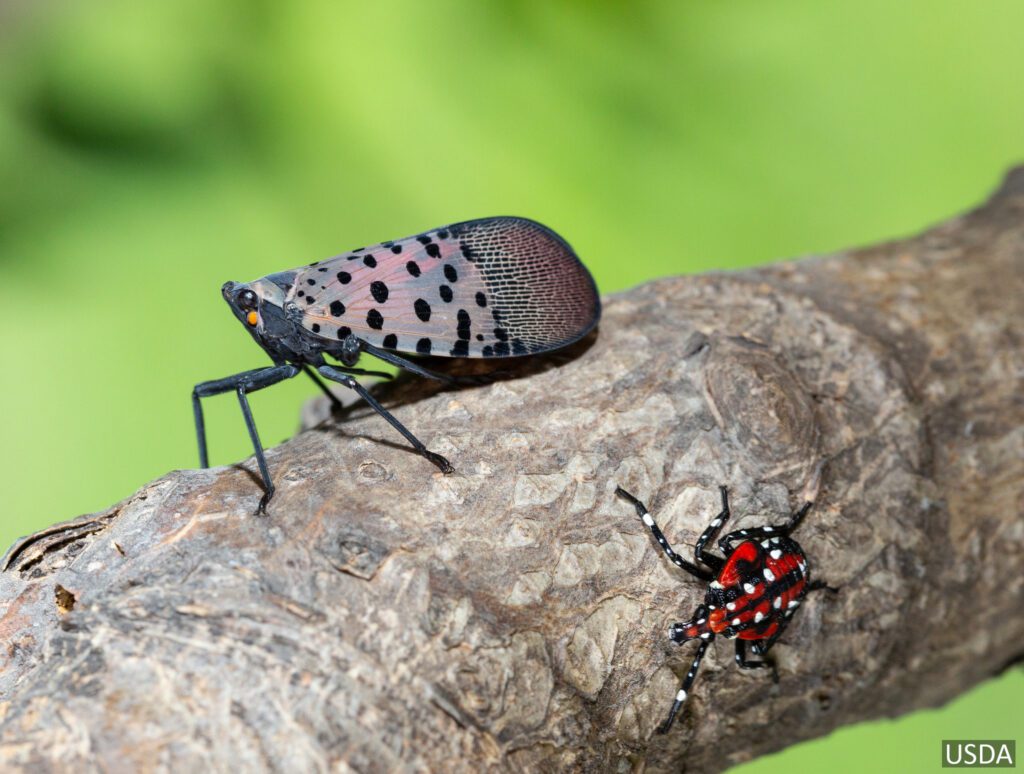Tree of Heaven and Spotted Lanternfly spreading towards southeast Minnesota

Tree of heaven has smooth leaf edges and winged fruit. (Minnesota Department of Agriculture)
(ABC 6 News) – The Minnesota Department of Agriculture (MDA) is enlisting the public’s help in the early detection efforts of tree of heaven and spotted lanternfly.
Tree of heaven is an invasive weed and preferred host for the spotted lanternfly, an invasive insect. These two pests have not been established in the state but are spreading towards Minnesota’s southeast border.
The public in Goodhue, Houston, Fillmore, Wabasha, and Winona counties can help minimize the potential effects caused by these two pests by detecting and reporting their presence to the MDA.
If tree of heaven is present in these counties, residents will most likely spot it along roadsides and near railways. The trees look similar to staghorn sumac, ash, and walnut trees. It can reach heights of 80 feet and has compound leaves that can be 1-4 feet in length with 11-41 leaflets.
The flowers are small, yellowish-green, and arranged in large clusters at the ends of the leaves. It produces winged fruit like maple trees that hang in long clusters. Tree of heaven also emits a strong, offensive odor that distinguishes it from other plants.

Residents in these five counties should be on the lookout for spotted lanternfly starting in mid to late July. The insect larvae are black with white spots, but closer to adulthood are red with spots. In the nymph stage, the pest does not fly; it is black or red with white spots. The adults are large at 1 to 1.5 inches long and are a combination of black, white, and red with spots.
“These two invasives could both be a threat to Minnesota, causing environmental and economic damage if established,” said Angie Ambourn, MDA Pest Detection Unit Supervisor. “The public’s help in early detection and reporting these invasives is key to successful early management efforts.”
If you suspect you have seen tree of heaven or spotted lanternfly, report it to the MDA utilizing their Report a Pest service, by emailing reportapest@state.mn.us or calling 1-888-545-6684. More information is available on this early detection effort on the MDA website. You can also help by taking part of a participatory science survey put on through UMN Extension and the MDA.